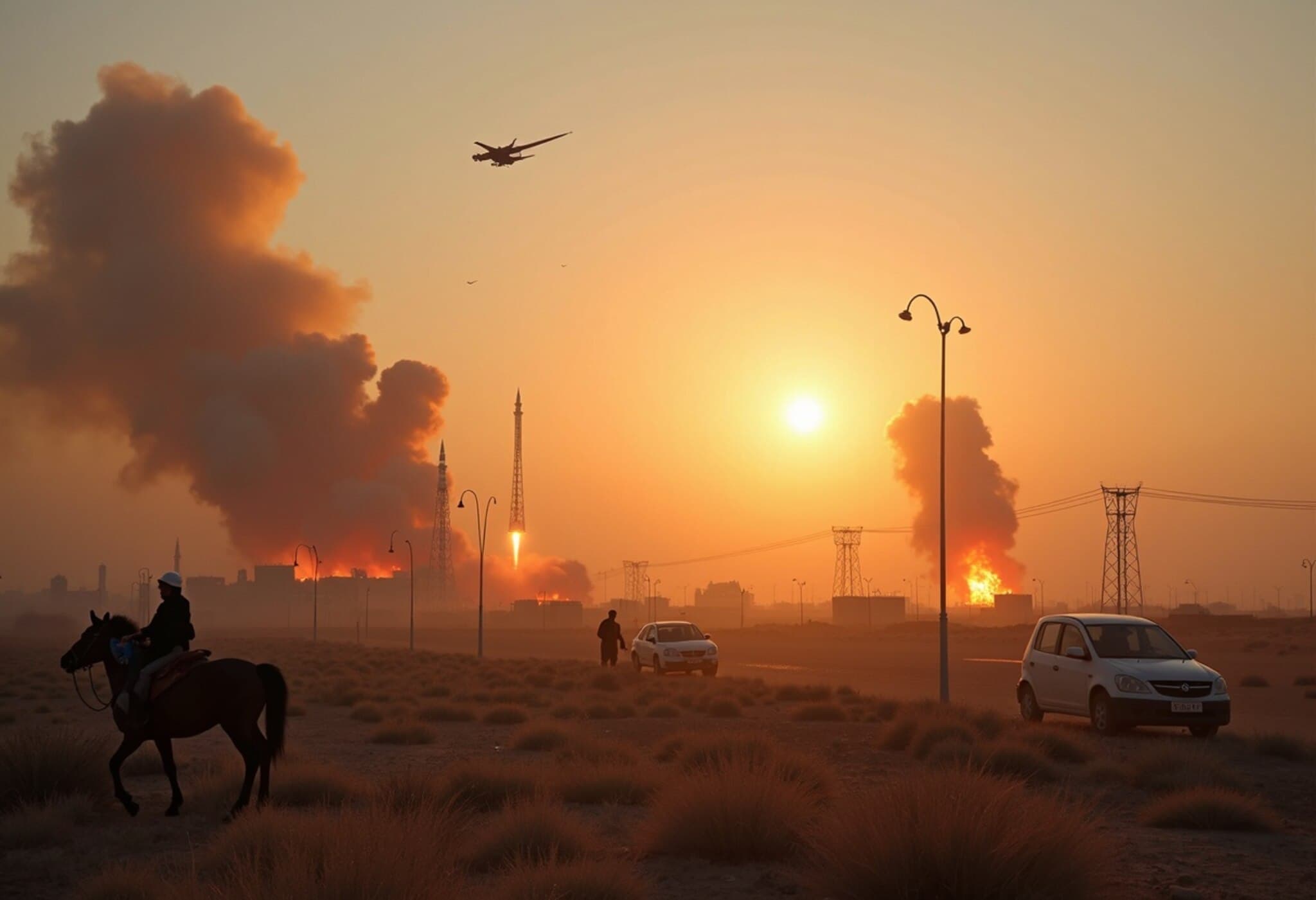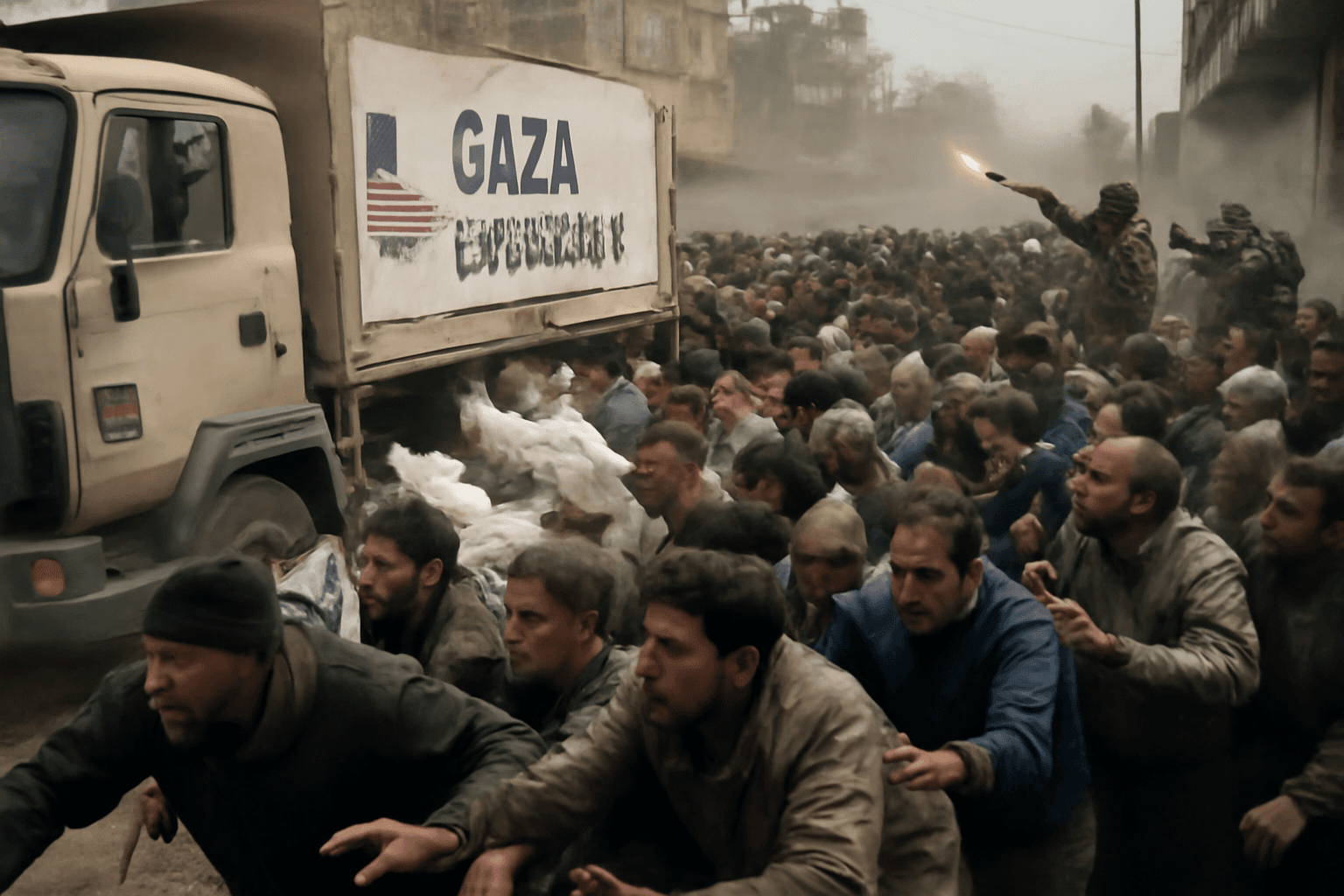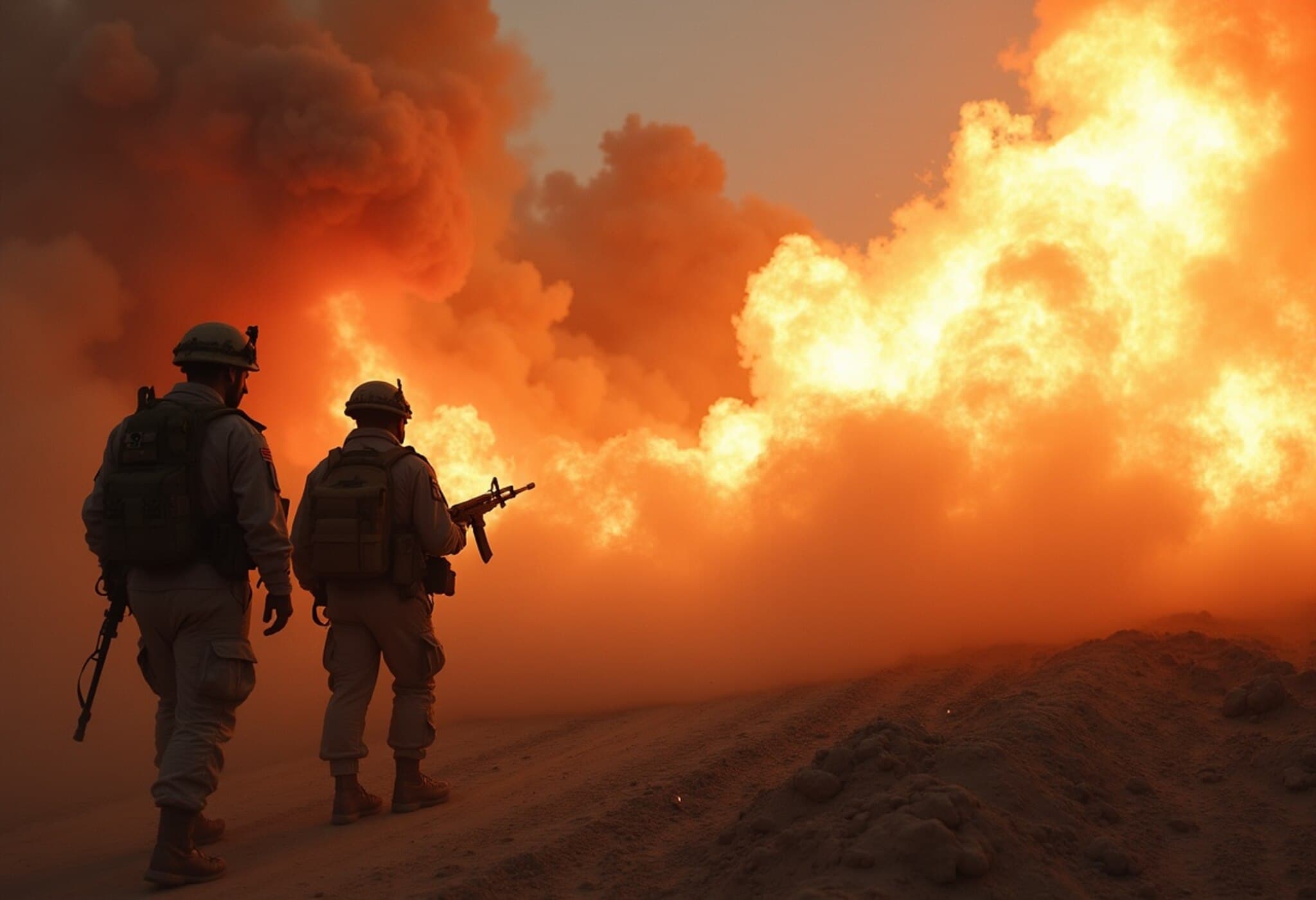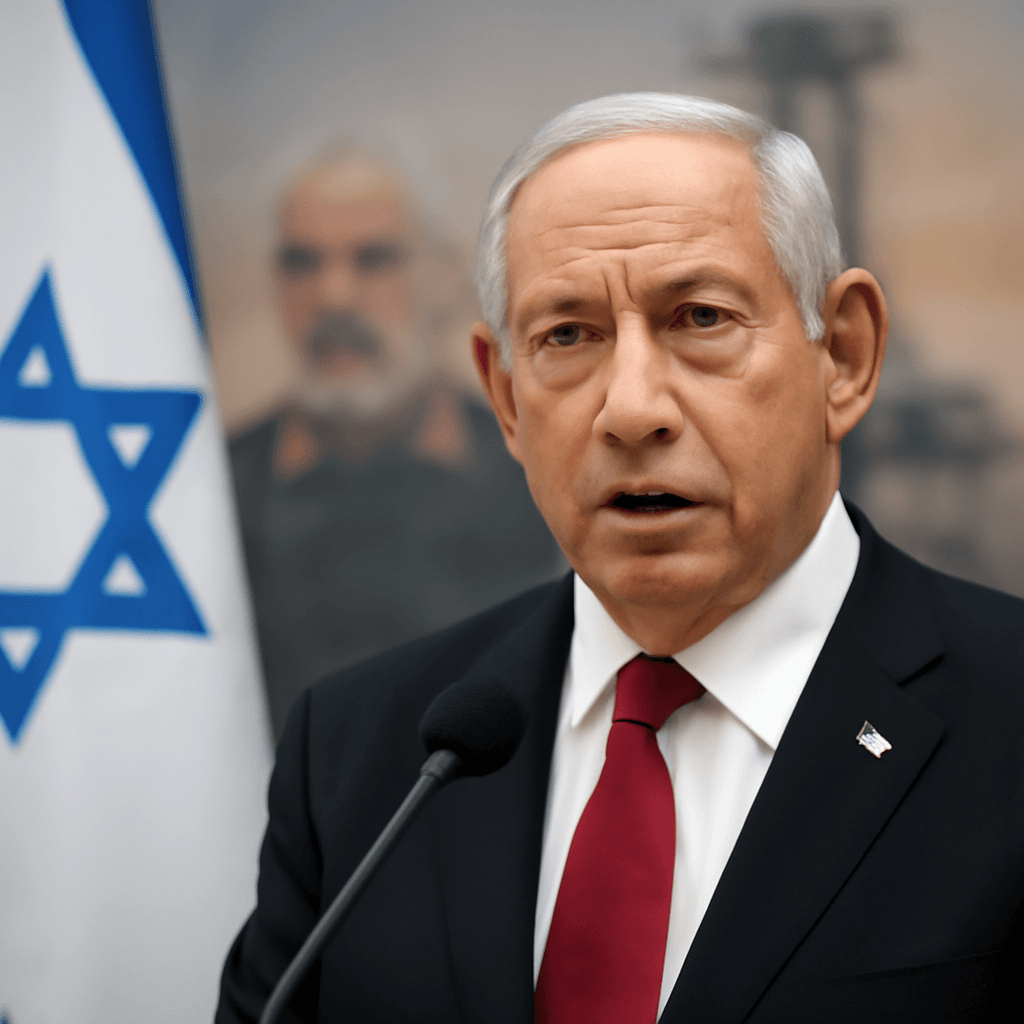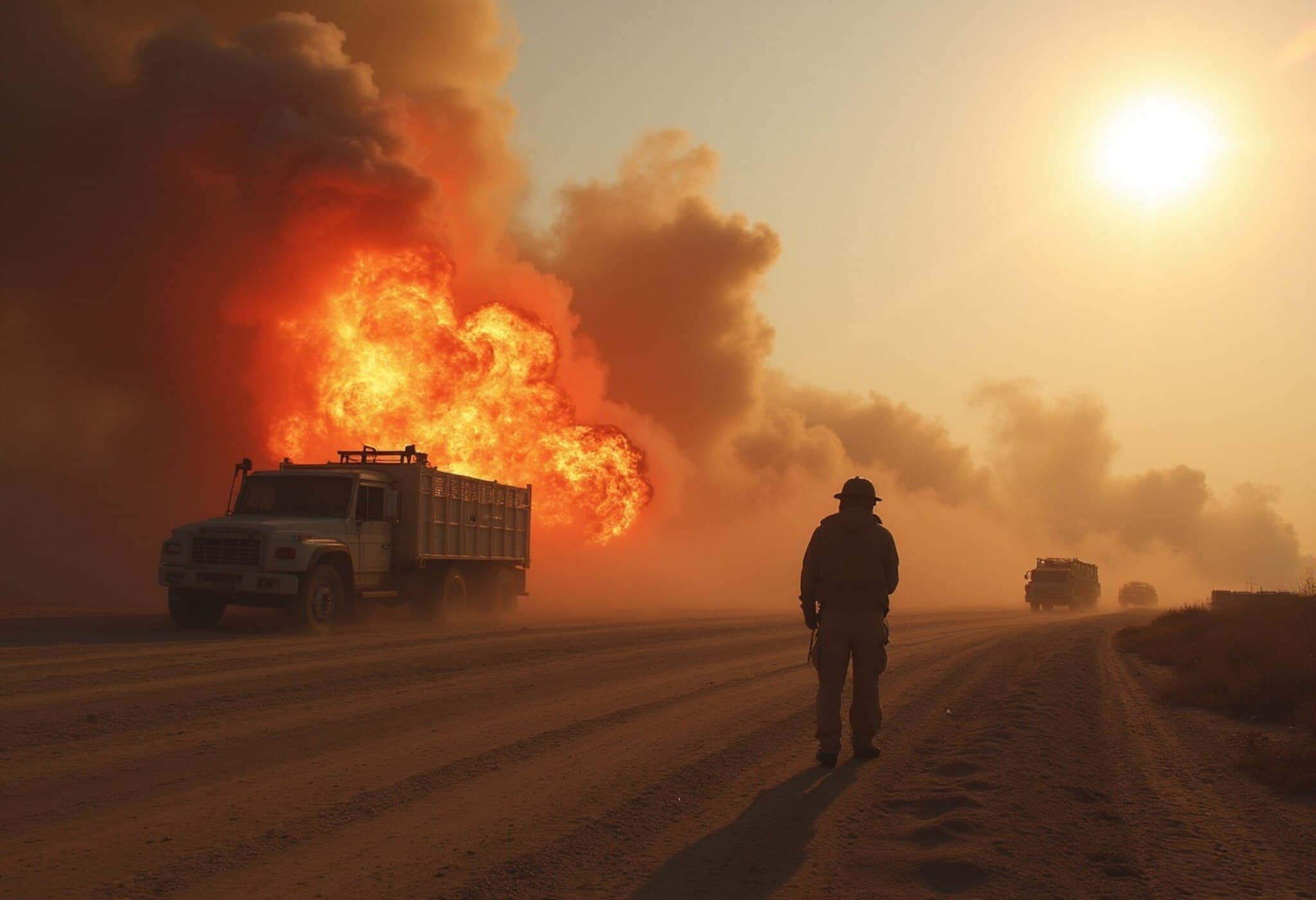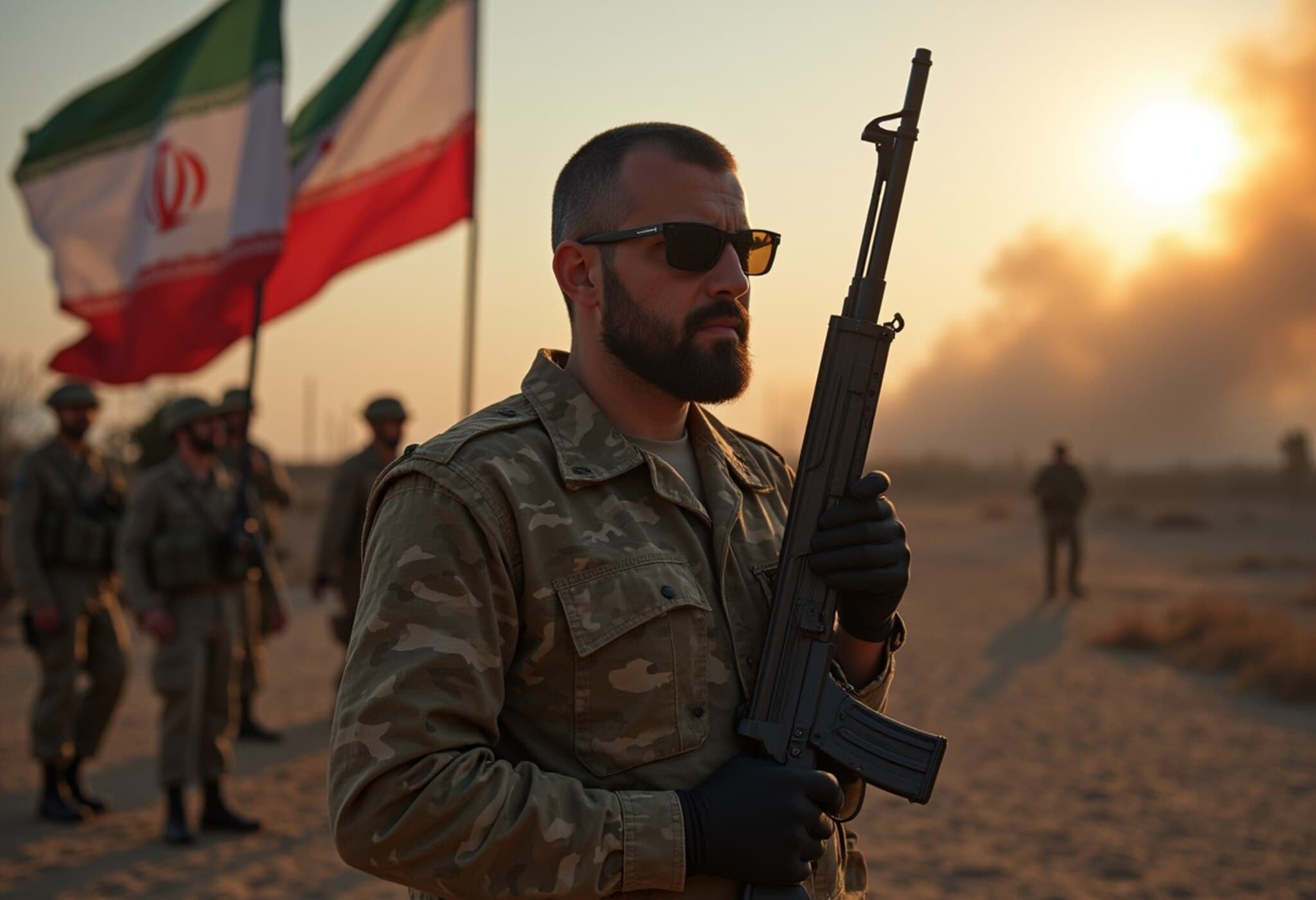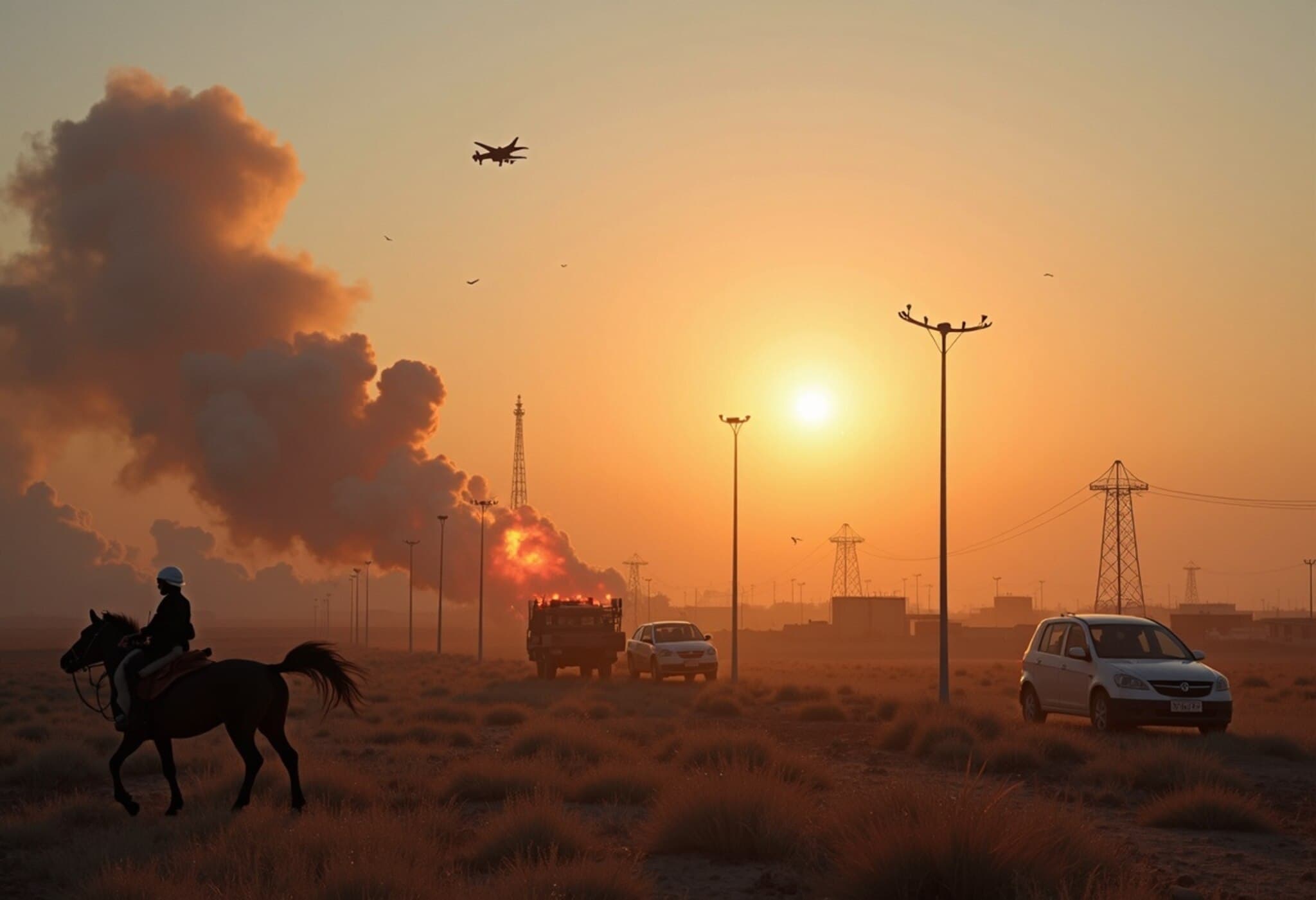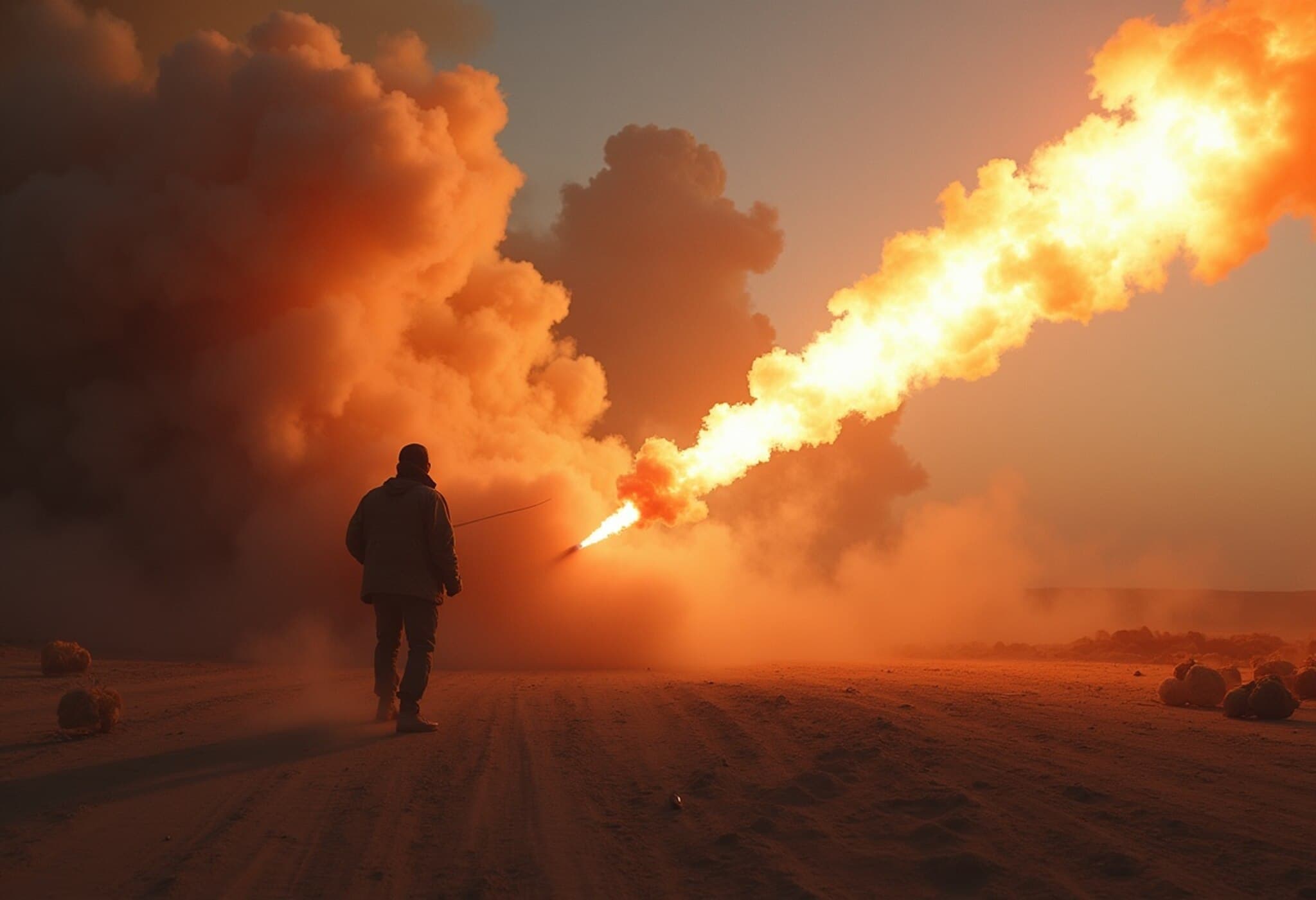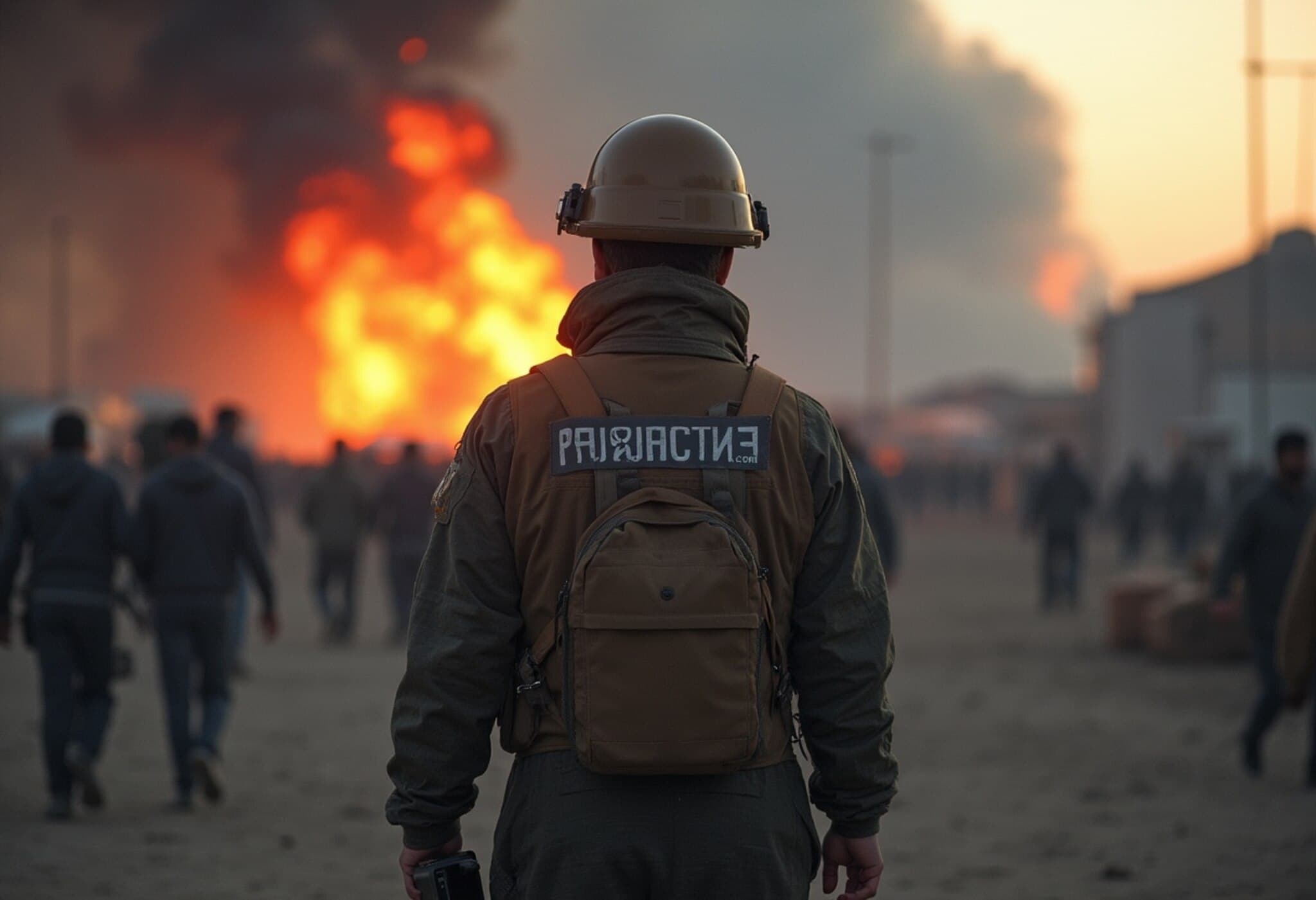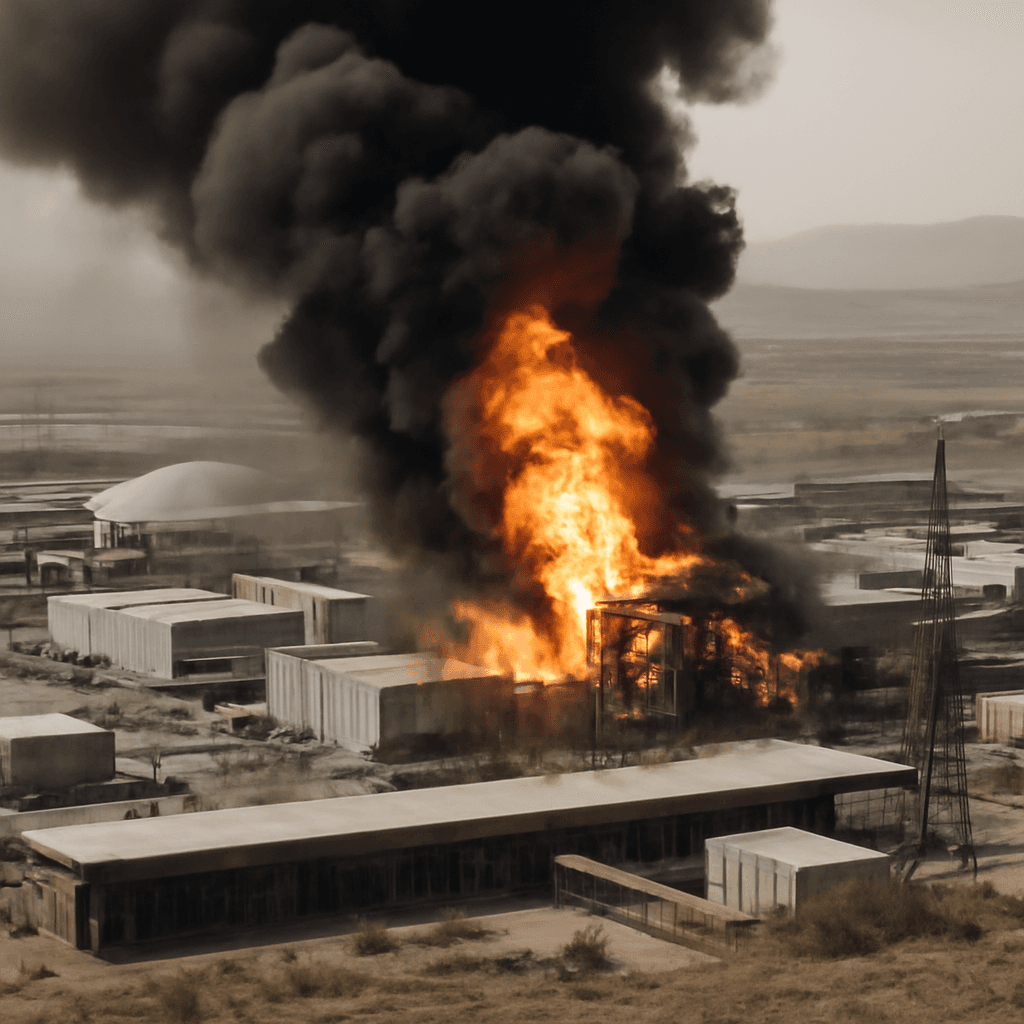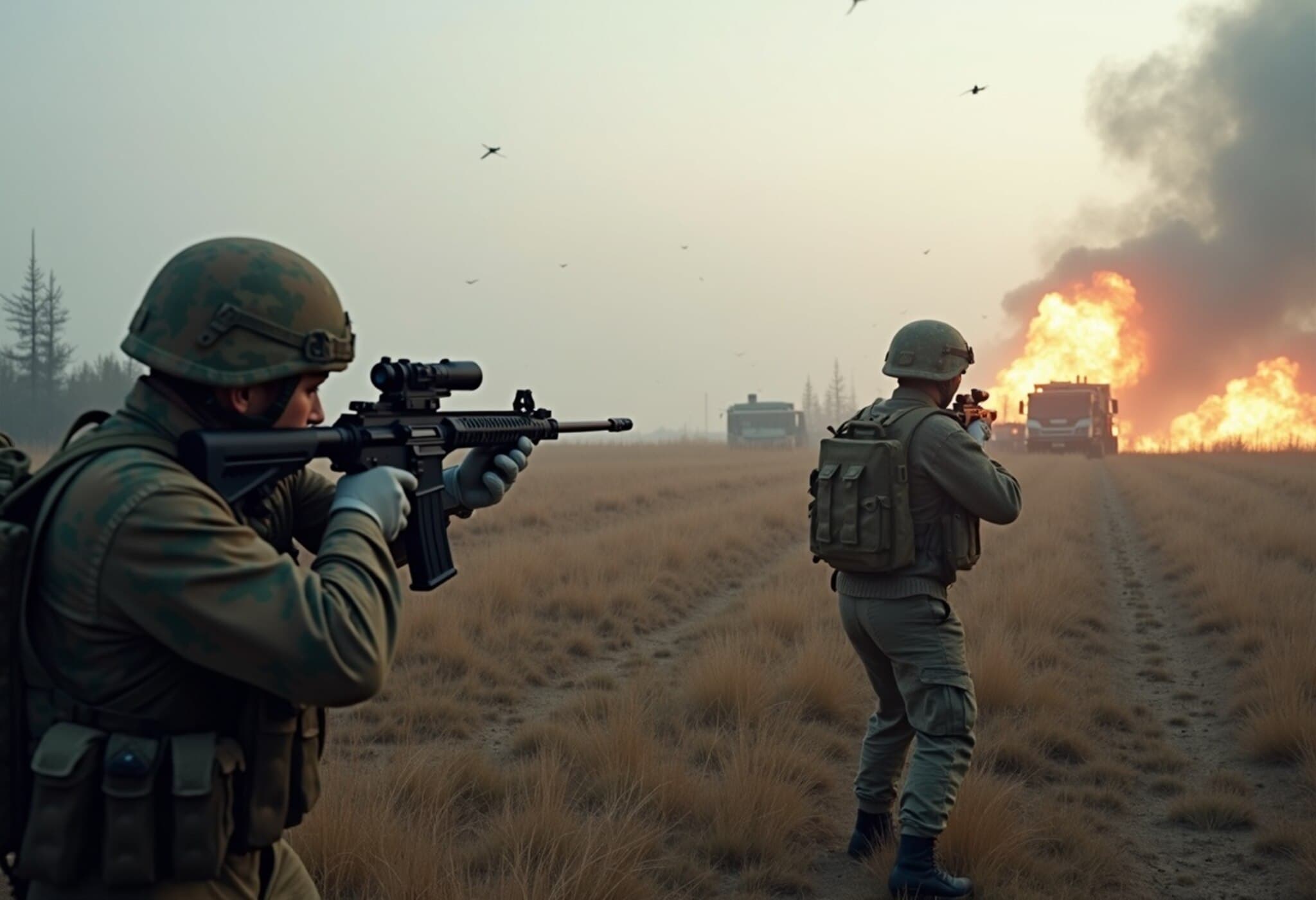Unraveling the Israel-Iran Conflict: What We Know So Far
The confrontation between Israel and Iran has sharply escalated, with fierce missile exchanges and airstrikes shaking the region. Both nations show no signs of backing down—Israeli leadership vows to continue strikes, while Iran’s Revolutionary Guards pledge a "more forceful and expansive" retaliation.
Operation Rising Lion: Israel’s Military Offensive
On June 13, Israel launched Operation Rising Lion, striking more than 170 sites and 720 military facilities across Iran. Targets included key nuclear sites such as Natanz, Khondab, and Khorramabad, alongside military bases and missile production centers.
The strikes led to the reported deaths of 14 senior Iranian officials, including high-ranking military commanders and nuclear scientists. Iranian state media has also cited civilian casualties, with around 60 deaths, including children, following an attack on a Tehran apartment block. Iranian health authorities emphasized that most victims were women and children.
Iran’s Retaliation: Missile Barrage on Israeli Cities
In response, Iran launched an extensive missile and drone attack targeting both military and civilian locations throughout Israel, including Tel Aviv and Jerusalem. Approximately 200 ballistic missiles and 100 drones were deployed.
While Israel’s air defenses intercepted many, at least 10 Israelis lost their lives, with over 100 injured. Notably, several remain trapped under debris from missile strikes on residential buildings—a grim testament to the conflict’s toll on civilians.
During the attacks, Israel closed its airspace to civilian flights, stranding numerous citizens abroad. The United States aided in intercepting Iranian missiles but refrained from direct military involvement in Israeli strikes.
The Nuclear Dimension: A Catalyst for Escalation
The International Atomic Energy Agency (IAEA) confirmed damage to Iran’s Natanz uranium enrichment facility but reported that underground and other installations remained intact. The agency's latest assessment branded Iran non-compliant with nuclear obligations, noting the accumulation of 409 kilograms of uranium enriched up to 60%, edging close to weapons-grade levels.
Israeli Prime Minister justified the assault by pointing to Iran’s accelerated efforts toward nuclear weaponization. Contrarily, US intelligence as recently as March 2025 stated Iran was not actively developing nuclear arms, underscoring the complexity of assessing Tehran’s true intentions.
The airstrikes coincided with the abrupt cancellation of US-Iran nuclear talks planned in Oman, further clouding hopes for diplomatic resolution.
Additional Developments and Global Reactions
- Iran arrested two suspected foreign agents, intensifying the espionage narrative.
- Tehran’s oil terminal in Shahran suffered an attack, although fires were quickly contained.
- The United Kingdom dispatched additional military jets to protect forces in the region.
- Notably, Israeli defense contractors saw stock gains amid rising tensions—Elbit Systems surged by 6% and Navitas Petroleum by 3%.
What Remains Unclear in This Volatile Situation
With limited foreign media access inside Iran, verifying the full extent of damage or casualties remains challenging. Iranian outlets downplay Israeli damage while emphasizing their retaliatory efforts, creating a murky information environment.
Key unanswered questions include Iran’s strategic plans concerning the Strait of Hormuz, a pivotal chokepoint for roughly 20% of global oil trade. Though some Iranian officials hinted at closure, no formal action has been confirmed yet. Past conflicts suggest the strait might remain open despite provocations.
Furthermore, the timing and motivations behind Israel’s operation are debated. While Israel cites nuclear threats, some analysts speculate the strikes also intended to undermine the halted US-Iran nuclear negotiations, which Israeli leadership historically opposes.
The extent of US intelligence involvement behind the scenes remains uncertain, and whether Iran will escalate to targeting American assets—risking a larger conflict—is yet to be seen.
Looking Ahead
The Israel-Iran conflict unfolds amid a complex tangle of nuclear tensions, regional power struggles, and fragile diplomacy. As both sides brace for further hostilities, the world watches closely, aware that even small developments could have wide-reaching consequences.

